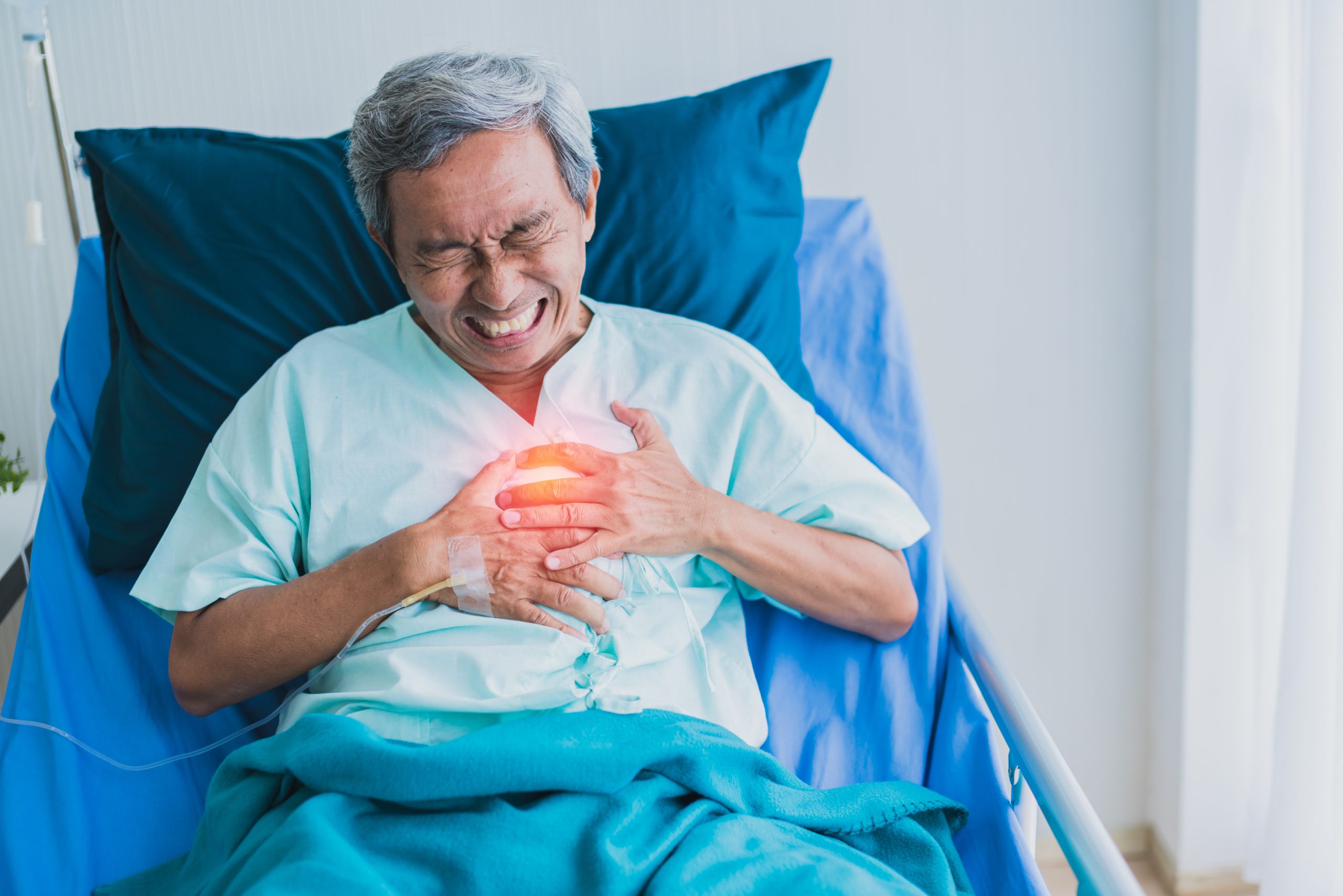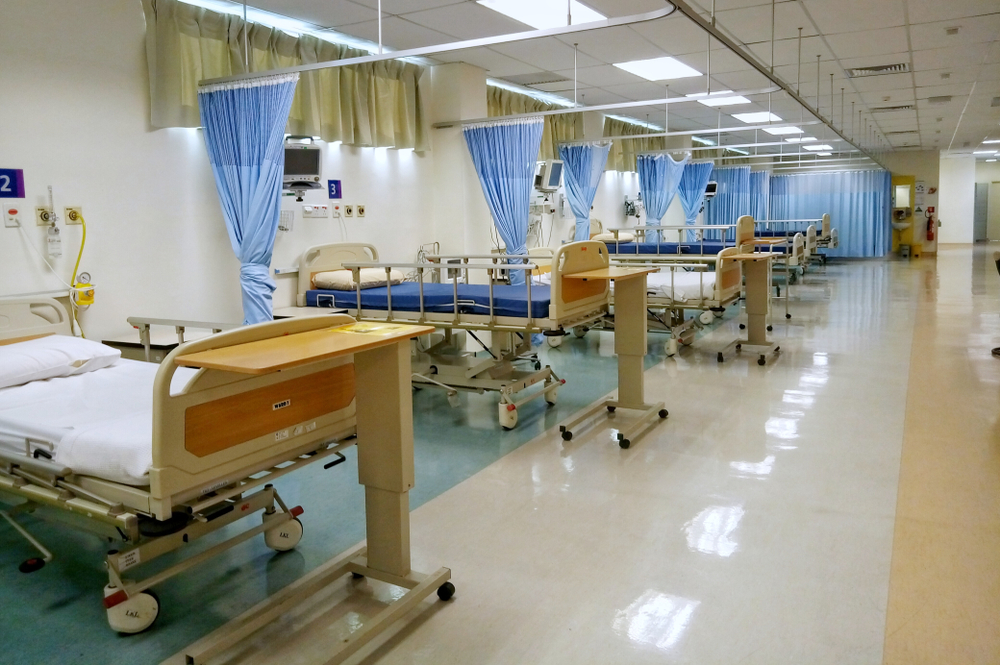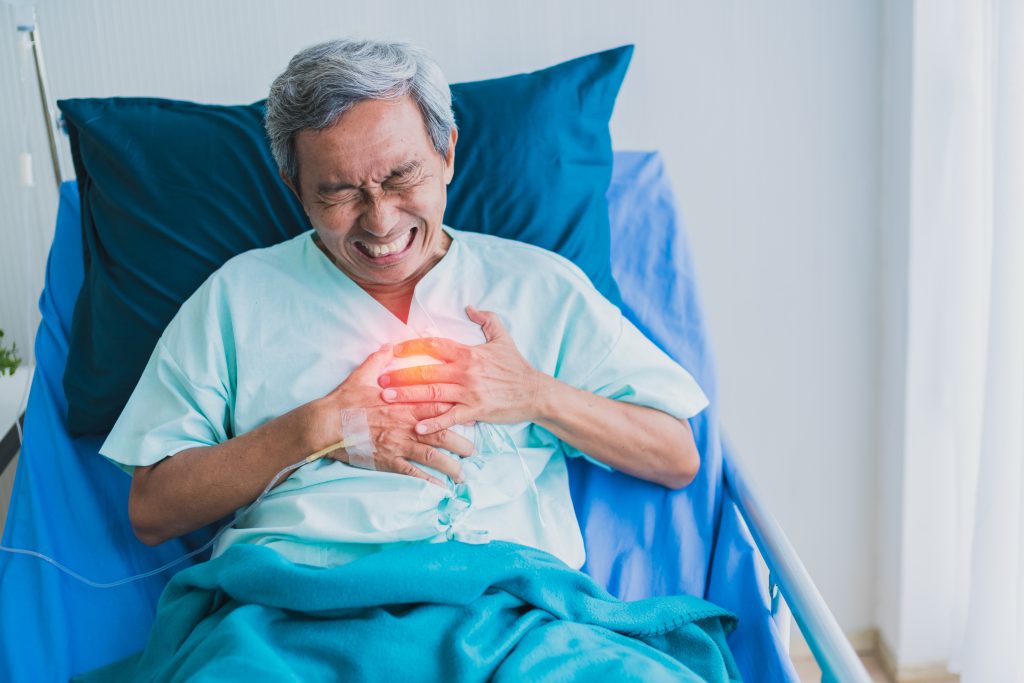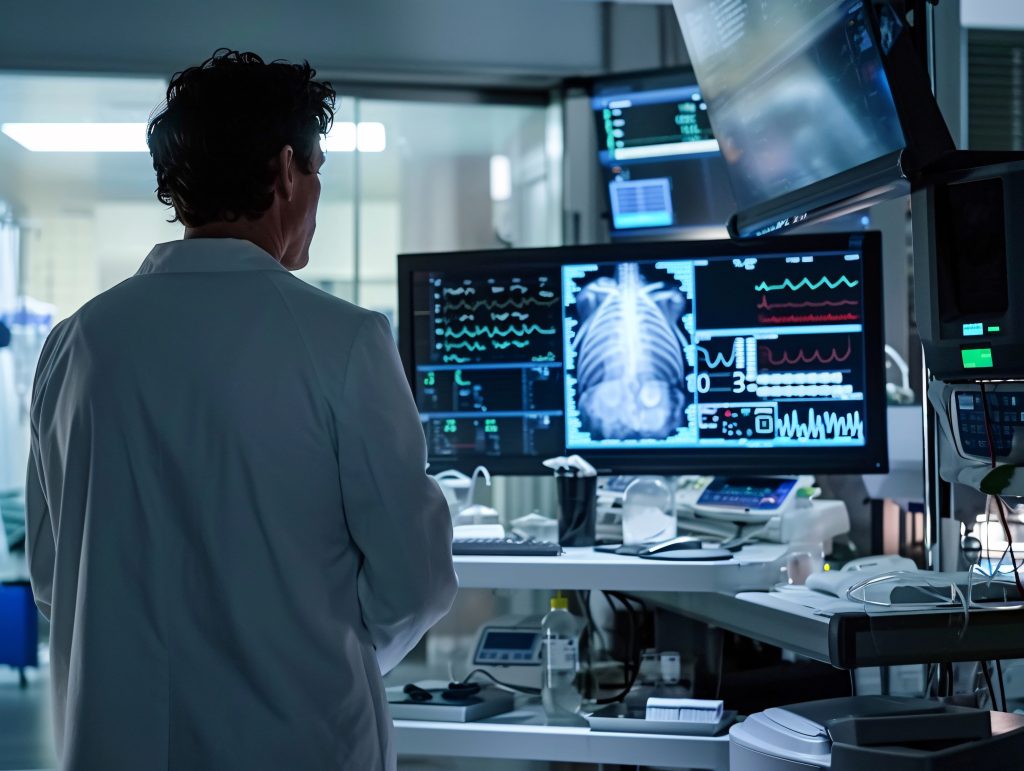Understanding Stroke
When it comes to stroke, every second matters. According to the Malaysian Society of Neurosciences (2021), it has been one of the top five causes of death in Malaysia since the year 2000, based on data from Malaysia’s Department of Statistics.
Millions of individuals, not just in Malaysia but also worldwide, have suffered from stroke, which is a severe disease that commonly appears as sudden facial drooping or difficulty lifting an arm. It can be defined as the loss of brain function in which the symptoms can occur suddenly, lasting more than 24 hours, or leading to death related to vascular origin (Malaysian Society of Neurosciences, 2021).
Murphy and Werring (2020) classify strokes into two main types:
- Ischaemic stroke is characterised as blocked blood vessels that account for approximately 85% of strokes.
- Haemorrhagic stroke is portrayed as ruptured blood vessels or bleeding that causes 15% of strokes.
Despite the high death toll in stroke patients, there is still hope. The number of stroke survivors increased with the recent advancements in management and rehabilitation. Therefore, this article explains the most recent treatment and rehabilitation choices to this condition.
Diagnosis
Health professionals use a variety of imaging methods to identify the causes of stroke (Yan et al., 2016):
- Computed Tomography (CT) scanning
- Magnetic Resonance Imaging (MRI)
- Doppler ultrasound
- CT angiography
- Magnetic resonance angiography
Specifically, as stated in the Clinical Practice Guideline (CPG), the recommended technique is CT scan brain imaging in order to distinguish between hemorrhage and ischaemia, and identify the location(s), source, and severity (Malaysian Society of Neurosciences, 2021).
General Treatment
In general, the common risk factors that cause strokes are hypertension, diabetes mellitus, hypercholesterolaemia, smoking, ischaemic heart disease, and atrial fibrillation. Therefore, general care for strokes involves managing blood pressure, glucose control, nutritional support, prevention of infection and deep vein thrombosis (DVT), and treatment of any complications, such as elevated intracranial pressure and seizure.
Ischaemic Stroke Treatment
The key to treating this condition is the restoration of blood from being blocked to organs or tissues or reperfusion in medical terms. Intravenous thrombolysis (IVT) or Endovascular thrombectomy (EVT) are the common therapy to treat this condition.
- IVT
The IVT technique requires recombinant tissue-type plasminogen activator (alteplase, 0.6 mg/kg) treatment within 4.5 hours of onset. It is considered the benchmark for treating acute strokes to assist in dissolving the clot and restoring blood flow (Ganasegeran et al., 2019; Miyamoto et al., 2022).
- EVT
EVT with advanced imaging, like a CT/MR perfusion scan, could be provided for a maximum of 24 hours for large vascular occlusion (LVO) or simply blockage of the brain’s central artery. A physician does this procedure using aspiration devices and a Stent retriever to physically remove clots from the brain’s blood vessels (Malaysian Society of Neurosciences, 2021).
Haemorrhagic Stroke Treatment
While less common than the ischaemic type, haemorrhagic cases are generally more fatal (Malaysian Society of Neurosciences, 2021). The treatment of haemorrhagic stroke is varied and includes management of blood pressure (BP), raised intracranial pressure (ICP), hemostatic therapy, antiepileptic therapy, and surgery. According to Greenberg et al. (2022), Neuroimaging should be utilised to forecast hematoma enlargement. Larger cerebellar haemorrhages often require surgical treatment through minimal incisions, while early rehabilitation coordination can facilitate recovery.
Stroke Rehabilitation
Ultimately, rehabilitation is critical in reviving an everyday life after the treatment of stroke has passed. A study by Nik Ramli et al. (2021) explains the use of medical advancements in using robots in rehabilitation settings. Traditional rehabilitation in Malaysia frequently uses a team approach with customised physical and occupational therapy to meet each patient’s needs. Resource limitations, weak coordination among healthcare providers, and understaffed professionals impede the best recovery results.
Consequently, robotic-assisted therapy is being studied to serve as a valuable supplement to traditional approaches to boost recovery while potentially cutting costs for therapist-led sessions. Combining these new strategies with standard rehabilitation might enhance the effectiveness of stroke recovery initiatives in the country. CR2-Haptic rehabilitation robot and LOKOMAT are notable devices for strengthening muscles and improving mobility for patients with central nervous system disabilities.
Additionally, nutritional supplements can also play a role in stroke recovery. Science shows that amino acids, vitamins B and D, and magnesium may help speed up recovery in stroke cases. Amino acids are said to aid in preventing muscle breakdown, and vitamin B reduces instances of post-stroke depredation. Significant evidence of the benefits of Vitamin D includes the fact that it can help balance and increase activities and independence rather than boost motor function. Furthermore, magnesium has been found to have the ability to support neurologic recovery, and the mixture of this mineral with potassium could also improve neurologic outcomes. However, the present studies suggest that there is more to be done to determine the efficacy of mineral supplements in post-stroke rehabilitation (Ko & Shin, 2022).
Reference
- Ganasegeran, K., CJ, C., Jamil, M. F. A., Lee, Y. L. Y., Albart, S., Basri, H., abdul aziz, Z., Sivasampu, S., Li Yun, N., Danial, M., Ch’ng, A., & Looi, I. (2019). Discover! Malaysia’s Stroke Care Revolution—Special Edition. CRC Hospital Seberang Jaya.
- Greenberg, S. M., Ziai, W. C., Cordonnier, C., Dowlatshahi, D., Francis, B., Goldstein, J. N., Hemphill, J. C., Johnson, R., Keigher, K. M., Mack, W. J., Mocco, J., Newton, E. J., Ruff, I. M., Sansing, L. H., Schulman, S., Selim, M. H., Sheth, K. N., Sprigg, N., Sunnerhagen, K. S., & on behalf of the American Heart Association/American Stroke Association. (2022). 2022 Guideline for the Management of Patients With Spontaneous Intracerebral Hemorrhage: A Guideline From the American Heart Association/American Stroke Association. Stroke, 53(7), e282–e361. https://doi.org/10.1161/STR.0000000000000407
- Ko, S.-H., & Shin, Y.-I. (2022). Nutritional Supplementation in Stroke Rehabilitation: A Narrative Review. Brain & NeuroRehabilitation, 15(1), e3. https://doi.org/10.12786/bn.2022.15.e3
- Malaysian Society of Neurosciences. (2021). Clinical Practice Guideline (CPG): Management of Ischaemic Stroke. Malaysian Society of Neurosciences. https://www.moh.gov.my/moh/resources/Penerbitan/CPG/CARDIOVASCULAR/CPG_Management_of_Ischaemic_Stroke_3rd_Edition_2020_28.02_.2021_.pdf
- Miyamoto, S., Ogasawara, K., Kuroda, S., Itabashi, R., Toyoda, K., Itoh, Y., Iguchi, Y., Shiokawa, Y., Takagi, Y., Ohtsuki, T., Kinouchi, H., Okada, Y., Takahashi, J. C., Nakase, H., & Kakuda, W. (2022). Japan Stroke Society Guideline 2021 for the Treatment of Stroke. International Journal of Stroke, 17(9), 1039–1049. https://doi.org/10.1177/17474930221090347
- Murphy, S. JX., & Werring, D. J. (2020). Stroke: Causes and clinical features. Medicine, 48(9), 561–566. https://doi.org/10.1016/j.mpmed.2020.06.002
- Nik Ramli, N. N., Asokan, A., Mayakrishnan, D., & Annamalai, H. (2021). Exploring Stroke Rehabilitation in Malaysia: Are Robots Better than Humans for Stroke Recuperation? The Malaysian Journal of Medical Sciences : MJMS, 28(4), 14–23. https://doi.org/10.21315/mjms2021.28.4.3
- Yan, L. L., Li, C., Chen, J., Miranda, J. J., Luo, R., Bettger, J., Zhu, Y., Feigin, V., O’Donnell, M., Zhao, D., & Wu, Y. (2016). Prevention, management, and rehabilitation of stroke in low- and middle-income countries. eNeurologicalSci, 2, 21–30. https://doi.org/10.1016/j.ensci.2016.02.011





